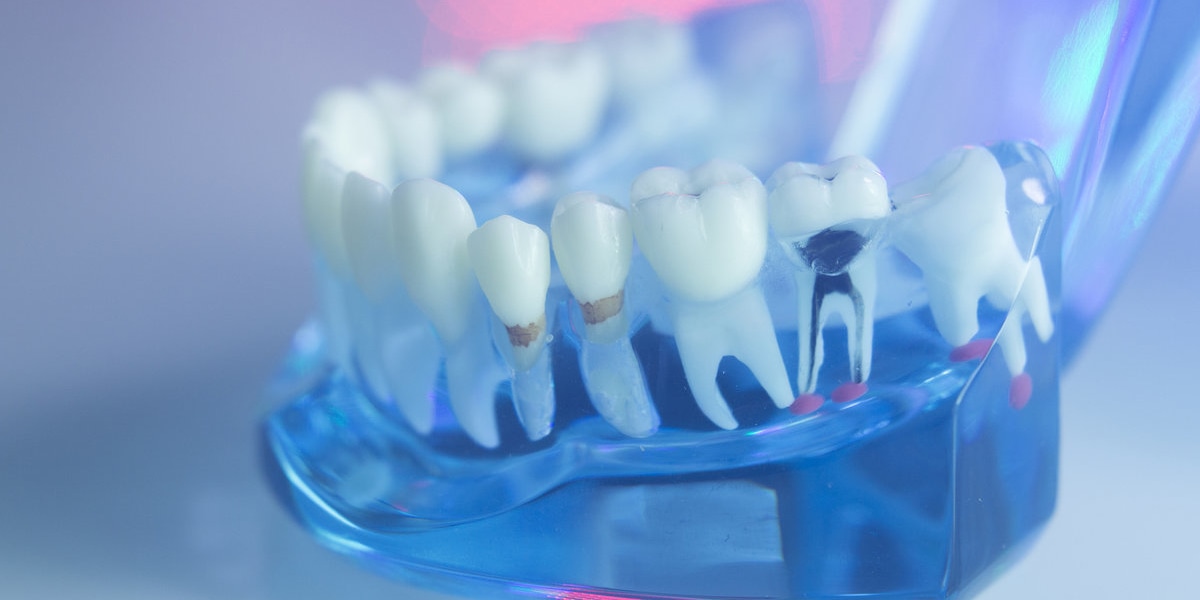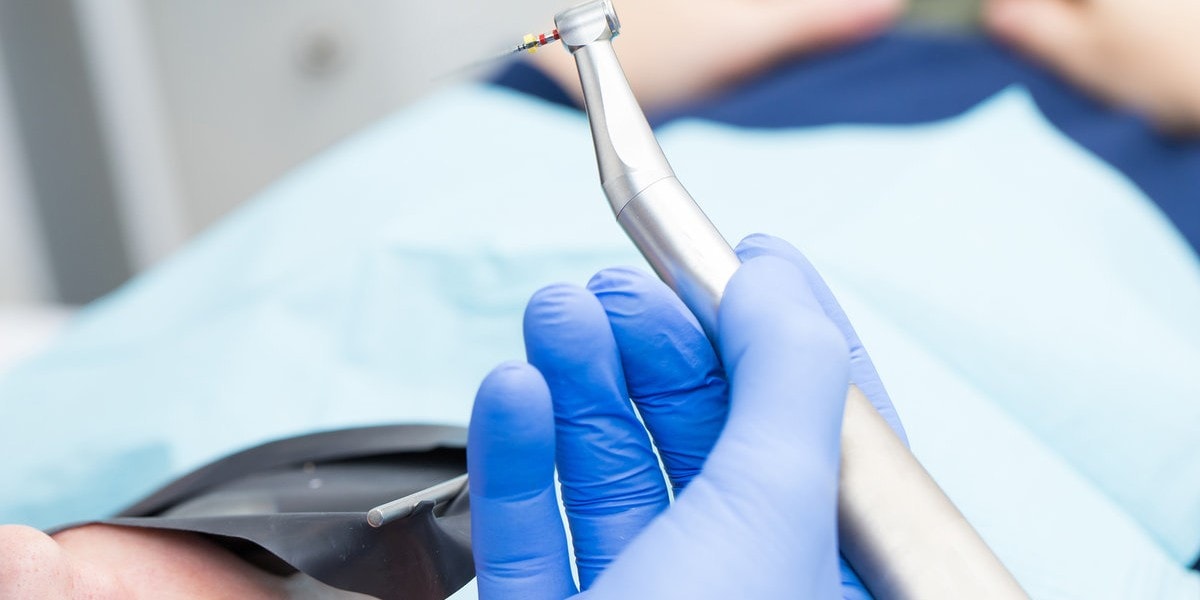Root Canal Therapy: Symptoms, Causes, And Treatment Procedure

Perfectly shaped and aligned teeth make your smile more beautiful. It’s no surprise that a missing tooth makes many people conscious, and they barely smile. Root canal therapy is one of the most effective treatments when it comes to controlling the damage and preventing tooth loss.
However, the thought of root canal frights many people, and they tend to avoid the treatment because of the potential discomfort and pain. Perhaps, it is because they lack awareness about the root canal treatment. In this post, you’ll know what exactly happens in the root canal and how it salvages your tooth.
Root canal: The basics
Many people think a root canal is a therapy for gum abscess and tooth infection. Well, that’s true, but a root canal is actually a part of your mouth. It is a cavity or hollow area of your tooth. The root canal contains the pulp, i.e., the nerve tissue, blood vessels, and cells.
The human tooth consists of a crown, which lies above the gum; and roots, which are below the gum. The roots bridge your tooth to the jawbone. The pulp inside the root canal is crucial to the nourishment of your tooth. It keeps the area surrounding the tooth moist.
Once a tooth protrudes through the gums, the nerve tissues perform the sensorial functions. The tissues help the tooth to feel the hot or cold temperatures. However, the presence or absence of a tooth nerve doesn’t affect your oral health or tooth functioning.
Why do you need root canal therapy?
The main dental issues that call for root canal, also called endodontic therapy, include damaged, irritated, or inflamed nerve tissues or pulp. Tooth fillings and frequent dental procedures also hurt the tooth nerve.
Tooth cavities and cracked or broken teeth expose the pulp to bacteria. As a result, the pulp chamber serves as a breeding ground for the microbes. As the infection spreads, it eventually leads to the development of an abscess in the nerve tissues.
A tooth abscess or gum abscess refers to a puss-filled pocket that forms at the end of tooth roots. Besides the pus-filled pocket, the infection leads to other oral health diseases.
- First, it weakens your bone to the extent that you may lose the bone surrounding the root’s tip.
- Tooth infection results in swollen tooth ligaments, which eventually lead to tooth loosening.
- Swelling may branch out to your face, neck, or head.
- Further, you may experience dentin hypersensitivity and throbbing pain when eating.
In severe cases, the infection may extend outward from your root canal, causing a hole to develop. The hole may develop through the side of your tooth with drainage into your gums. Or, it can also develop through your cheeks and drain into your skin.
Warning signs
So, root canal therapy becomes necessary if you observe/experience any of the following signs and symptoms:
- Cracked tooth – the crack extending from chewing surface towards your tooth root
- Dentinal hypersensitivity – sudden sharp or mild tooth pain when exposed to hot or cold temperatures
- Broken tooth – due to a traumatic injury
- Difficulty in chewing or biting
Root canal therapy: The procedure
According to the American Association of Endodontists (AAE), there is nothing better than saving a natural tooth. However, leaving the damaged pulp untreated causes infection to develop in the affected tooth.
Root canal treatment salvages your tooth from potential tooth loss. The therapy controls the damage in the first place and then restores the teeth. A root canal is a routine treatment, and many dentists across the country perform it regularly.
However, some dentists recommend an endodontist to perform the therapy. According to the Canadian Dental Association, a dentist who specializes in endodontic therapy is called an endodontist. They are experts in the diagnosis, treatment, and prevention of nerve tissues or dental pulp.
The procedure
The therapy takes place in three stages, including the cleaning, filling, and sealing the root canal.
Before the procedure, the dentist takes an X-ray of the root canal. It helps to determine the shape of the root canal and detect the signs of abscess in the tissue bone.
Stage 1: Root canal cleaning
The patient receives local anesthesia for the procedure. The endodontist numbs the affected tooth to alleviate pain and discomfort during the treatment. It is important to keep the tooth area dry and saliva-free, and for that the endodontist places a rubber dam around the tooth.
In the next step, the dentist drills an access hole into the tooth to remove the damaged pulp. The orthodontist also removes the bacteria and debris using a series of small root canal files. The doctor places the file subsequently in the access hole. The root canal files scrape and scrub the full length and sides of the tooth.
Stage 2: Root canal filling
After removing the bacteria, the doctor then uses an irrigation solution, like sodium hypochlorite, to get rid of the remaining bacteria. Now comes the filling stage; the orthodontist fills a rubber material called gutta-percha inside the tooth. The access hole created for the procedure is also filled.
Stage 3: Root canal sealing
The last step is the sealing of the root canal. Your endodontist may seal the root canal the same day or may delay it for a week; the decision depends on the condition. In some cases, an infection may develop post root canal treatment So, the dentist may recommend medication before sealing the root canal with an adhesive cement or sealant.
Note: The tooth may become fragile following a root canal treatment. After the removal of the dental pulp, the tooth gets nourishment from the ligaments. The tooth becomes prone to brittle. The dentists use a crown or filling to restore the tooth.
Final thoughts
The recovery period after a root canal procedure can be painful. However, with prescription medicines and guidance from your orthodontist, you can recover in a few days. For pain-free root canal therapy, visit a London dentist today. Don’t wait for tooth loss to take place.



